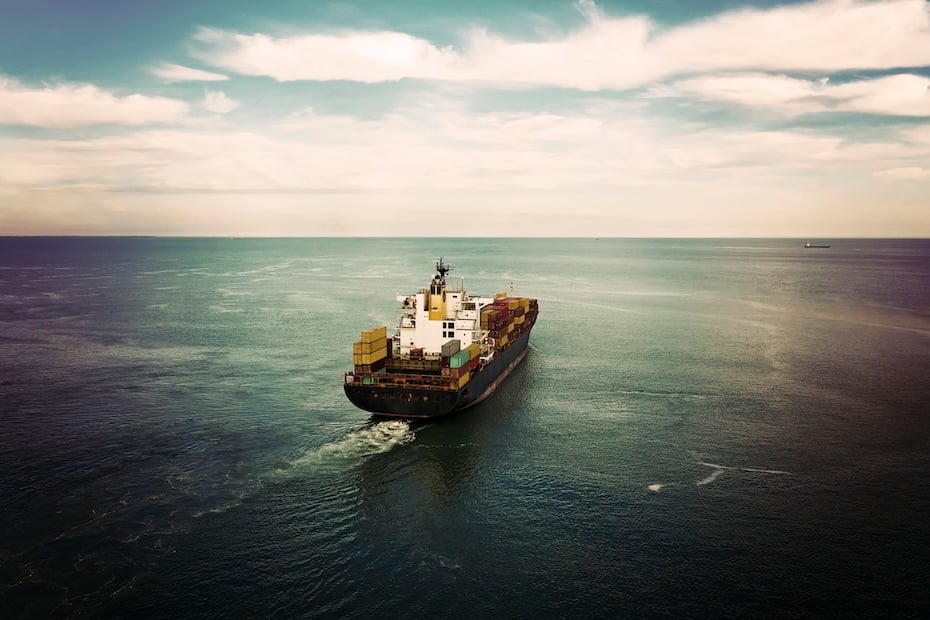Red Sea crisis pushing 47% crude oil, fuels around Africa

Image credit: Getty Images
Global crude oil and oil products shipments taking the long route between Asia, the Middle East and the West is up 47 per cent since attacks began on vessels using the shorter Red Sea route, the Energy Information Administration said on Tuesday.
The longer route around the Cape of Good Hope to avoid attacks by Yemen’s Houthis has pushed up shipping costs, as about 12 per cent of world total shipping traffic historically sailed through the Red Sea and Egypt’s Suez Canal.
About 8.7 million barrels per day (bpd) of crude and refined products took the Southern Africa route in the first five months of 2024, from an average of 5.9 million bpd in 2023, with oil product volumes making up most of the increase, EIA said based on ship tracking data from Vortexa.
Image credit: US EIA
Read: Red Sea: Two merchant vessels targeted in Gulf of Aden
Saudi Arabia and Iraq sent more crude oil to Europe around the Cape, rather than through the Red Sea and Suez Canal, accounting for 15 per cent of the total increase.
Asian and Middle Eastern refiners increased their refined product exports to Europe and diverted the cargoes around the cape, representing 29 per cent of the increased trade.
Image credit: US EIA
The US received crude oil and refined products from the Middle East and Asia and sent more products to Asia around the cape, EIA noted, adding that total US trade around the cape rose by about one-third, or just over 600,000 bpd.
Attacks on Russian vessels have been frequent since the Houthis say their attacks on shipping are acts of solidarity with Palestinians over the Gaza crisis.
Russia sent nearly four times as much crude oil and refined products, including volumes from the Caspian Pipeline Consortium, to Asia around the cape in the first five months of 2024 than in 2023.
Read: Shipping giant Maersk says Red Sea disruption could cut Asia-Europe capacity by 20%
This article was originally published by a gulfbusiness.com
Read it HERE







